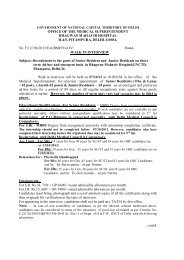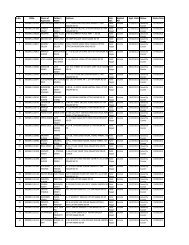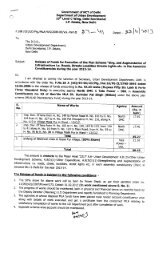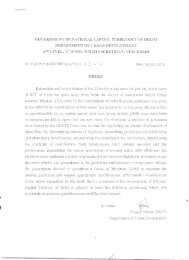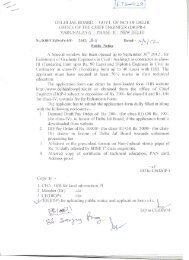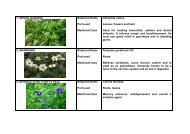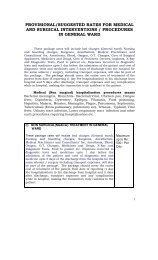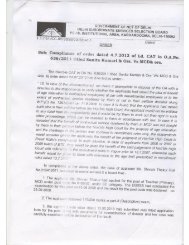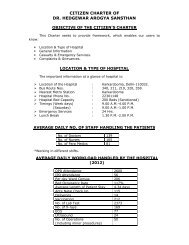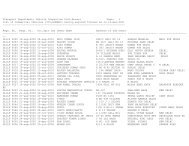Create successful ePaper yourself
Turn your PDF publications into a flip-book with our unique Google optimized e-Paper software.
5. Focus the slide of budding in Yeast under low power of compound microscope.<br />
6. After observing under low power, change to high power of magnification.<br />
7. Observe various stages of cell division in budding in Yeast especially chain of buds.<br />
8. Draw diagrams of different stages of budding of budding in Yeast.<br />
Budding in Yeast<br />
Observation :<br />
1. Binary fission in Amoeba shows division of nucleus by stretching.<br />
2. Nucleus breaks into two nuclei slowly and cytoplasm also divides (cytokinesis).<br />
3. Two small daughter cells (Amoebae) are formed at the end.<br />
4. Budding in Yeast shows many cells attached with each other forming a branched chain.<br />
5. Nucleus starts dividing first by stretching and followed by cytokinesis.<br />
6. Daughter cells originate as small buds of parent cell and grow very fast.<br />
7. Daughter cells remain attached with parent cells and separate later on.<br />
Precautions :<br />
1. Keep microscope in box when not in use.<br />
98



